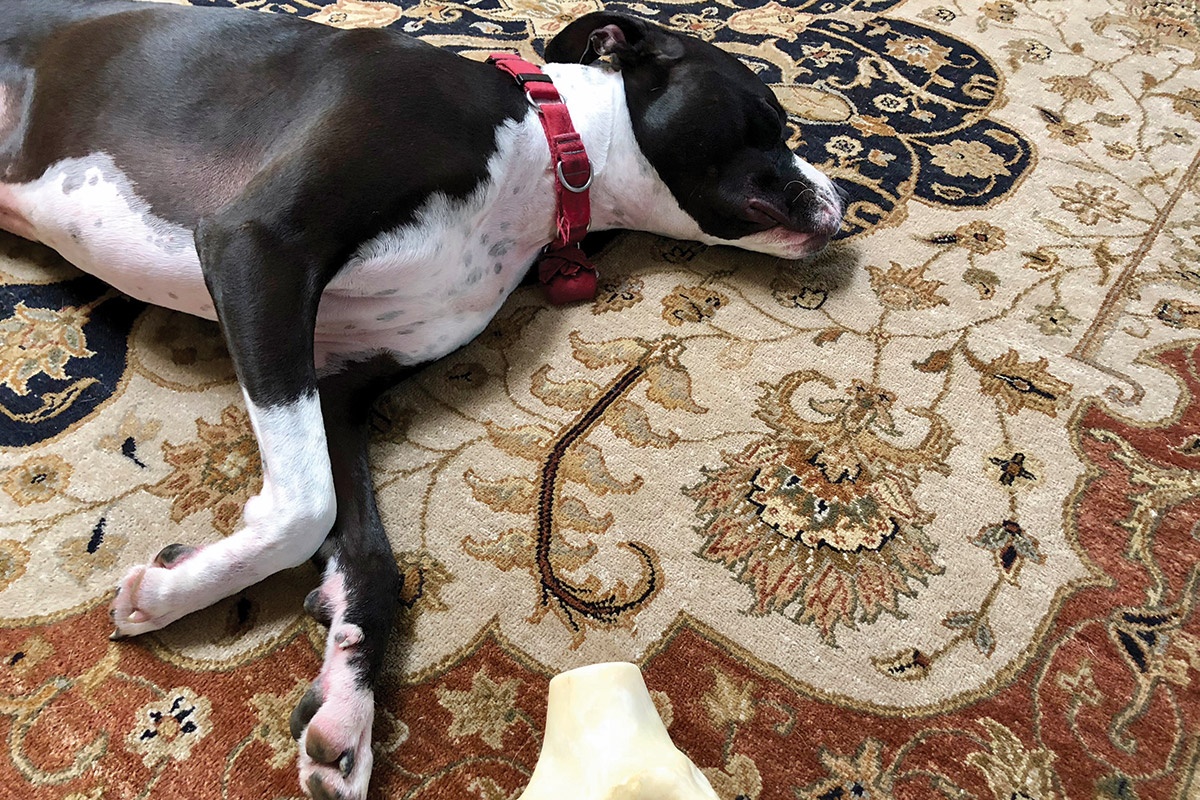So you’ve beefed up the insulation in your house but it still feels a bit chilly. What more can you do? Actually, there are many additional steps you can take to warm up your home and your family.
An important piece of the comfort puzzle is radiant heat, which transfers heat from a warm surface to a colder one. A room that’s 70 degrees can still feel uncomfortably chilly if there’s a cold surface nearby, like a single-pane window, hardwood floor or an exterior wall. Covering these cold surfaces can help.
Try using area rugs, wall quilts, tapestries, bookcases and heavy curtains to help prevent heat loss and make your home feel more comfortable. Use radiant heat to your advantage: A dark-colored tile floor that receives several hours of direct sun can retain heat during the day and radiate it into the room during the evening.
Another possible cause of discomfort during winter is air movement. We recognize this when weather forecasts report wind chill factor, which is a calculation combining temperature and wind speed.
Moving air makes us feel colder, which is why we use fans in the summer. But during the winter, cold, outdoor air can infiltrate our homes.
On average, a typical home loses about half its air every hour, and that amount can increase when outdoor conditions are extremely cold and windy. In this case, the best way to keep your home toasty is to minimize air leaks.
These are some of the most common spots air leaks occur:
- Penetrations and cracks around windows and doors.
- Exterior cracks in brickwork and siding.
- Plumbing and wiring penetrations from the exterior to the interior of the home.
- Mail slots or pet doors.
A variety of products, like caulk, weatherstripping, outlet gaskets and dryer vent covers, can be used to seal these leaks.
Your pursuit of comfort should also include a careful look at your home’s heating system. Is it distributing heat evenly and efficiently? Forced-air systems distribute air through supply ducts and registers. Small rooms may have only one register, but large rooms could have several. You may find some supply registers are blowing copious amounts of warm air and others little at all.
Ideally, every room should have return air registers. If you see possible shortcomings with your forced-air system, enlist the help of a certified contractor who knows how to improve ductwork.
Ensure your furnace is running at peak efficiency by scheduling an annual inspection. Check your filter monthly and replace or clean it as necessary.
Beyond that, you can always warm up by wearing heavier clothing, doing some light exercise throughout the day, and snuggling with a pet or under a blanket.
By taking some of these small steps, you can enjoy a more comfortable winter at home.


